Warm and accommodating, butcher block is an affordable countertop material with a lot going for it. Maintain them regularly and butcher block countertops will reward you by aging gracefully. But without proper upkeep, they can dull and crack. Are butcher block countertops the right material for you and your kitchen? Read our butcher block counter primer to find out.

What is butcher block?
Butcher block is made from straight cuts of wood glued together into thick slabs that provide a particularly sturdy and stable work surface in a kitchen, whether as a cutting board, tabletop, or counter.
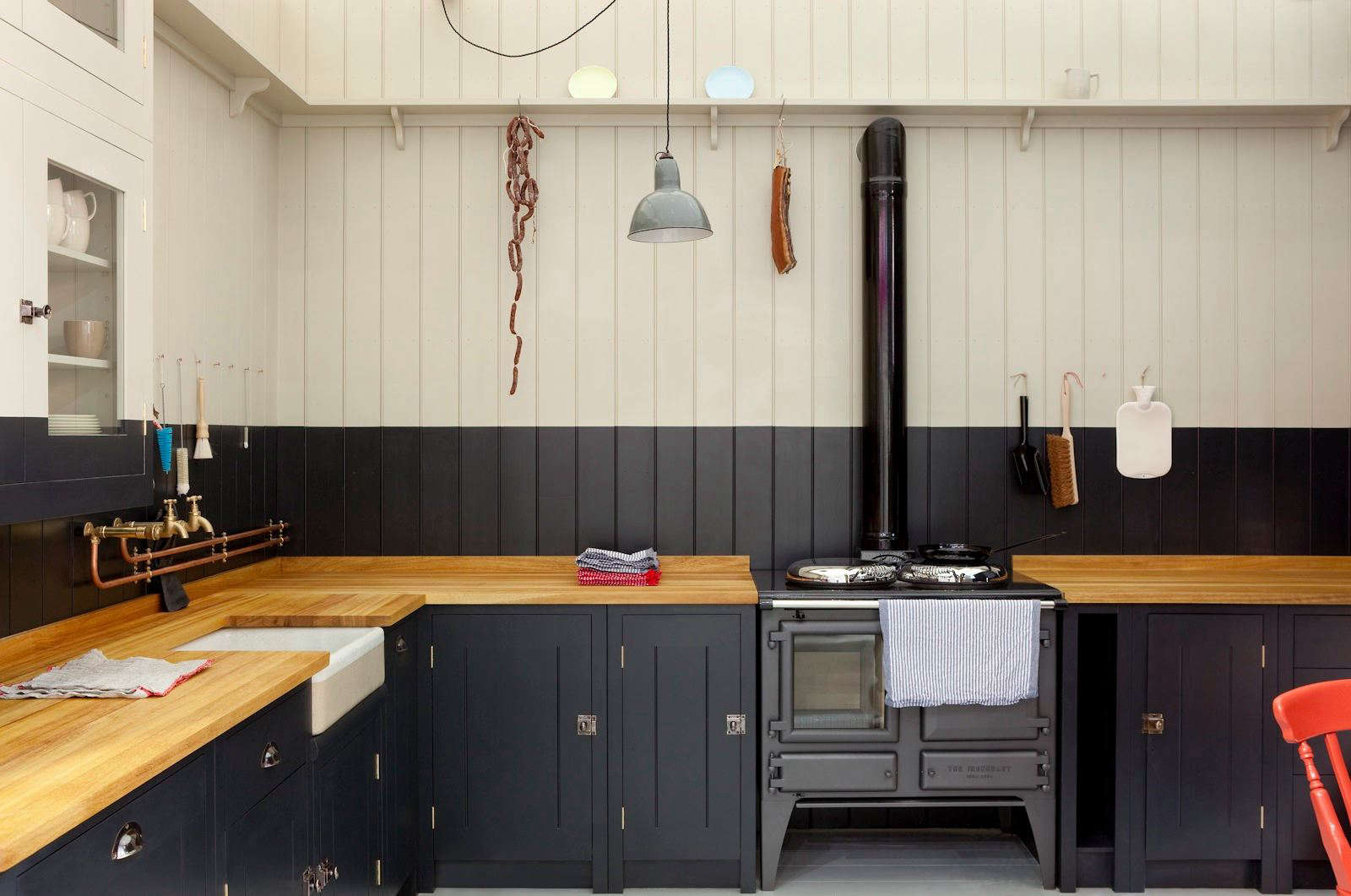
Are there different types of butcher block?
There are three basic construction styles of butcher block: edge grain, face grain, and end grain.

Edge Grain
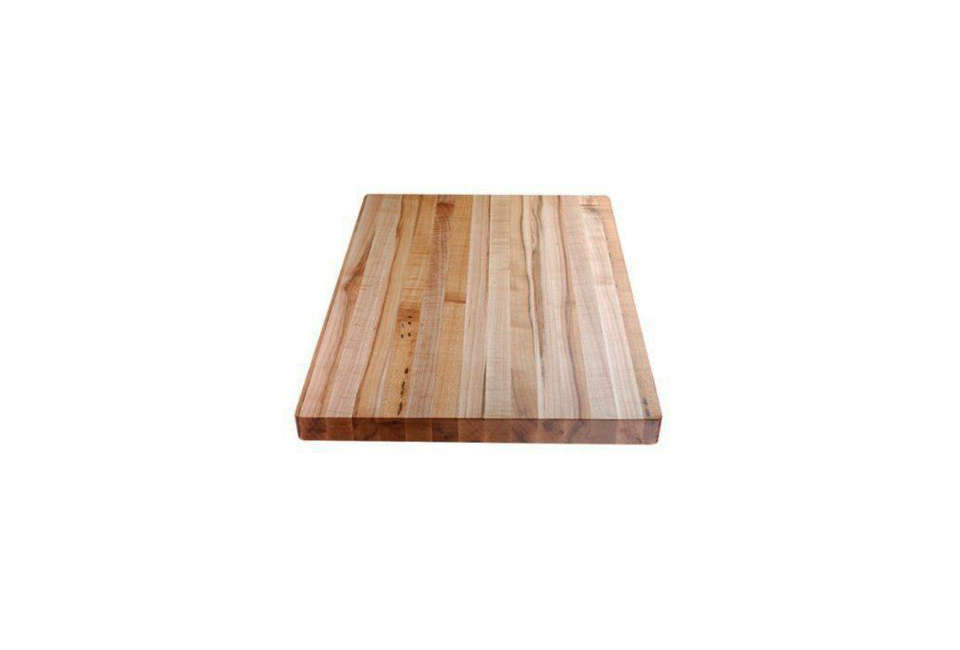
Face Grain
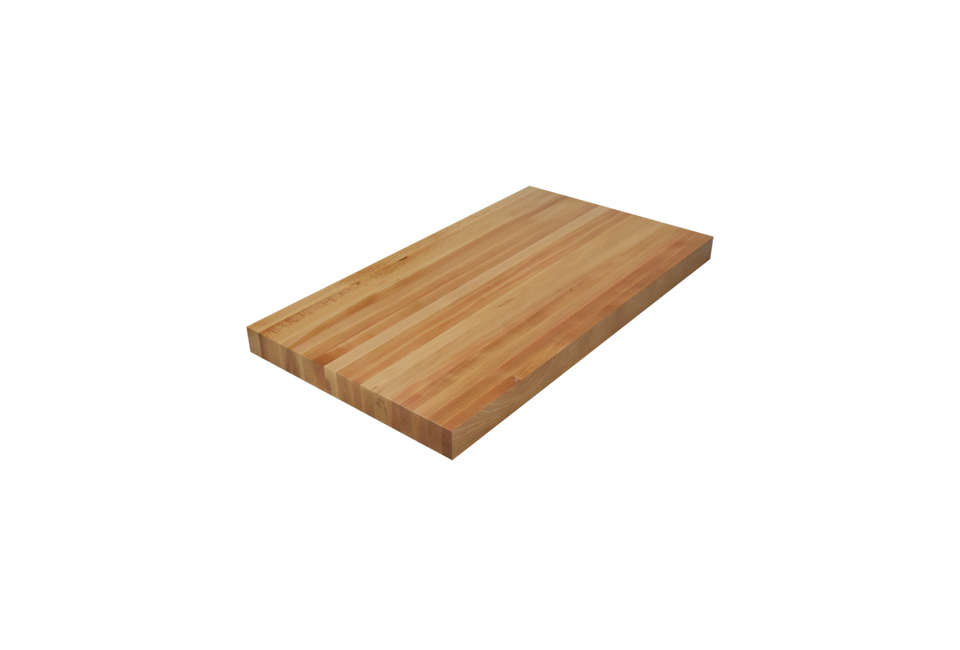
End Grain
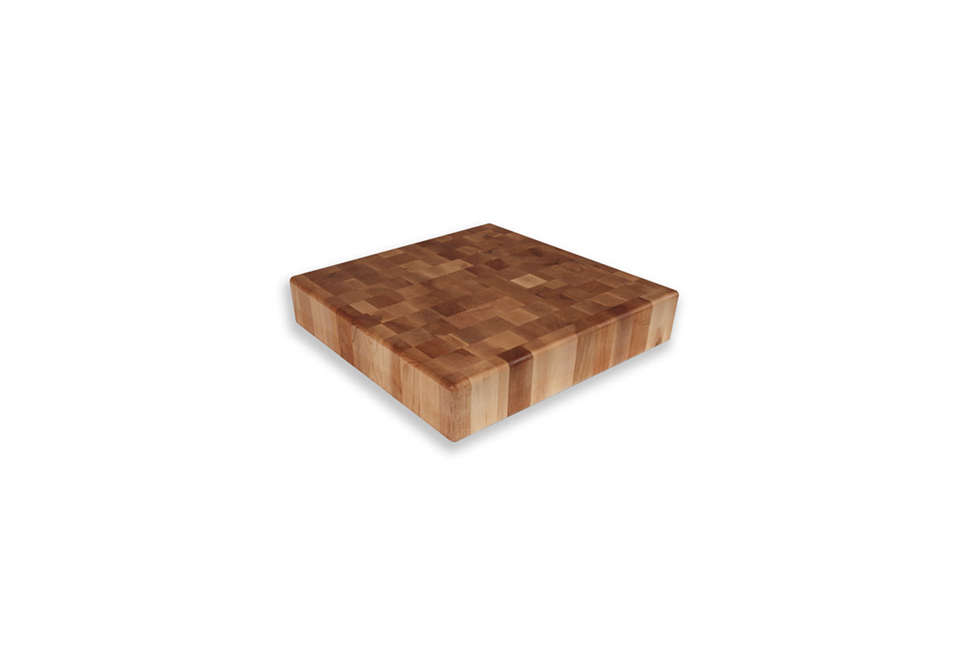
What types of wood are used for butcher block?
Butcher block can be made from nearly any wood. Maple is one of the best and most popular for butcher block counters because it’s hard and has a clear grain. Cherry and red oak offer rich color. Butcher block can also be crafted from bamboo (it works best with end-grain construction) and sustainably farmed exotics such as wenge, zebrawood, and iroko.

Do butcher block countertops need to be sealed?
For kitchen counter applications, it’s important to use unsealed, oil-finished wood. Sealed countertops are not meant to be used as food-prep work surfaces–they’re not food or knife friendly. Mark Squire of Quality Kitchen Cabinets in San Francisco explains: “Using sealed wood defeats the purpose of butcher block, because it covers up the natural warm surface with plastic.” Sealed butcher block does offer shine and can work well as a work desk or bar top in a kitchen that doesn’t involve food. (And when needed for food prep, pair it with a cutting board.) Note that unsealed butcher block is not recommended immediately around a sink: Over time it will likely discolor and rot.

How do you best maintain butcher block countertops?
At a minimum, butcher block countertops require oiling every six months to keep the wood protected. Different woods come with different finishing oil recommendations and it’s best to follow the instructions of your installer. Depending on level of use, butcher block countertops may also require more frequent oiling and conditioning to prevent the wood from cracking and looking dull. N.B.: Avoid using cooking oil to treat butcher block; it can damage the wood. Because butcher block is soft, it mars more than other materials, leading some people to use it for certain surfaces only, such as work islands. Just before oiling, you can lightly remove scratches, burns, and other surface damages with fine sandpaper, and your countertop will look like new.

Can butcher block be used as a cutting surface?
Yes, unsealed butcher block works well as a large stationary work surface and has been used this way for centuries (after all, it comes by its name honestly). That said, it’s not as easy to clean a butcher block counter as it is a movable cutting board, which explains why many owners use cutting boards on top of butcher block. And, as mentioned, cutting on butcher block over time leaves marks and scratches—character-defining to some, best avoided to others.

What do butcher block countertops cost?
Prices vary depending on the type of wood, the grain construction, and the thickness. In general, custom-made quality butcher block countertops range from $75 to $150 per square foot. In other words, good butcher block is more expensive than mid-range granite but less expensive than top-of-the-line natural stone.
The good news is that several manufacturers offer off-the-shelf butcher block worktops in standard counter-depth sizes with variable lengths. If your setup allows, this is the affordable way to go. And the DIY-inclined can cut butcher block slabs to fit around appliances, corners, and other obstacles—not something you can pull off on your own with stone.
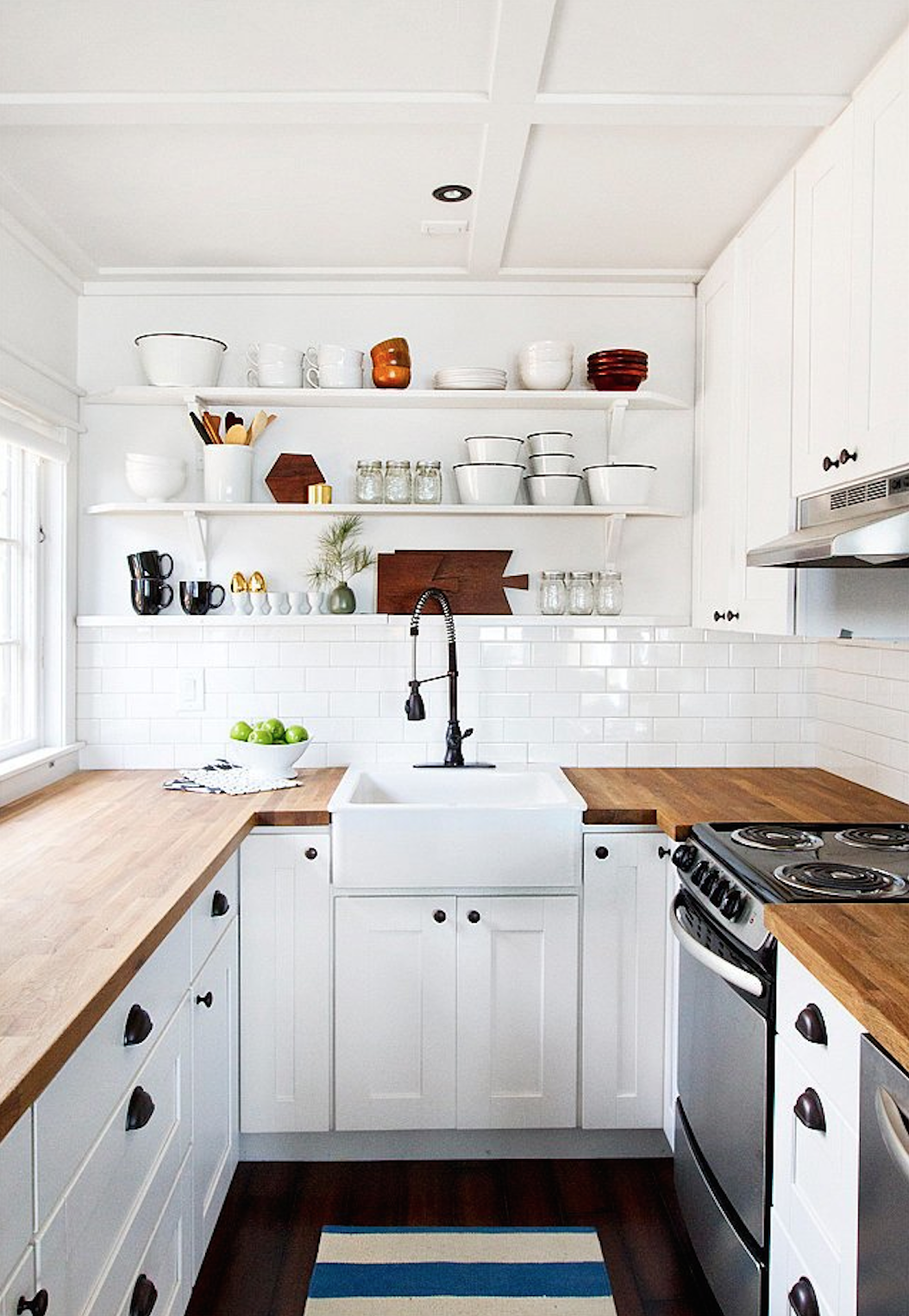

Butcher Block Pros and Cons
Pros
- Butcher block counters add warmth and natural coloring.
- It’s a soft material that’s easy on glassware and dishes: No clatter when you put down a stack of plates.
- Wood mixes well with many other countertop materials, especially marble.
- If maintained properly, it’s a long lasting and durable choice.
- Unlike laminate or solid-surface counters, wood countertops are repairable: Nicks and burns can be lightly sanded and the surface reoiled.
- It develops a lovely patina over time.
- Wood has natural antibacterial and antimicrobial properties.
Cons
- Wood counters are not heat or stain resistant. Hot pans can’t be set down on the counter without a pad or trivet.
- Wood can swell and shrink in conditions of extreme dryness or humidity, which may cause cracking.
- Excessive wetness makes the wood susceptible to rot and discoloration.
- It develops a patina over time (a detail that also falls in the Pros category; it’s a matter of taste).
- Butcher block requires some maintenance.

Researching new countertops? For more on the subject, see our Remodeling 101 Guide to Kitchen Countertops, plus our recent posts on the subject:
- Remodeling 101: A Primer on Kitchen Countertops
- Remodeling 101: A Low-Maintenance Guide to Maintaining Soapstone Counters
- Remodeling 101: The Difference Between Carrara, Calacatta, and Statuary Marble
Finally, get more ideas on how to evaluate and choose your kitchen countertop in our Remodeling 101 Guide: Kitchen Countertops.
N.B.: This post is an update. It originally ran on November 19, 2013.
Frequently asked questions
What are butcher block kitchen countertops?
Butcher block countertops are made from strips of wood that are glued together to create a thick, sturdy surface. They provide a warm and natural look to the kitchen and are known for their durability and functionality.
What types of wood are commonly used for butcher block countertops?
Common types of wood used for butcher block countertops include maple, walnut, cherry, oak, and teak. Each type of wood has its own unique appearance and characteristics, so it's important to choose one that fits your desired aesthetic and maintenance preferences.
How do I clean and maintain butcher block countertops?
To clean and maintain butcher block countertops:
Wipe up spills immediately to prevent staining.
Clean with a mild dish soap and warm water.
Avoid using harsh chemicals or abrasive cleaners.
Regularly oil the surface with food-safe mineral oil or butcher block conditioner to keep it moisturized and protected.
Are butcher block countertops sanitary?
When properly maintained and cleaned, butcher block countertops are sanitary for food preparation. It's important to avoid cross-contamination by cleaning surfaces thoroughly after working with raw meat or poultry.
Can I cut directly on butcher block countertops?
Yes, butcher block countertops are designed to be used as cutting surfaces. However, it's recommended to use a cutting board to protect the wood surface and prevent scratches and deep cuts.
Are butcher block countertops heat resistant?
Butcher block countertops can withstand heat to some extent, but it's best to use trivets or hot pads to protect the wood surface from excessive heat exposure. Placing hot pots or pans directly on the surface can cause discoloration, burn marks, or warping.
Can I install an undermount sink with butcher block countertops?
It is possible to install an undermount sink with butcher block countertops, but it requires professional installation. The wood around the sink area needs to be properly sealed and protected to prevent water damage.
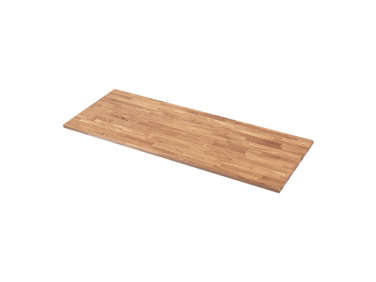
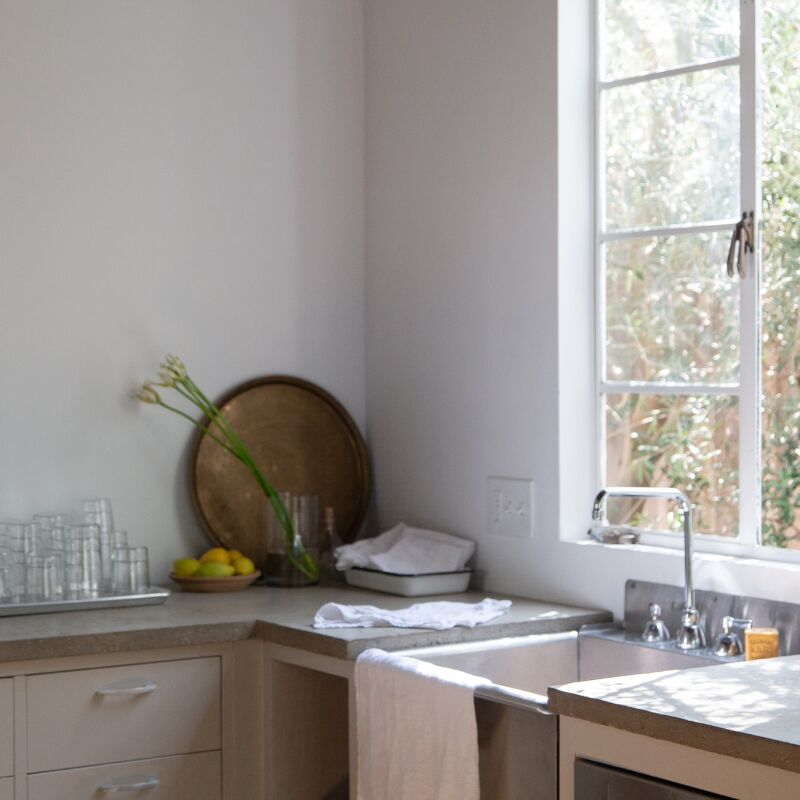
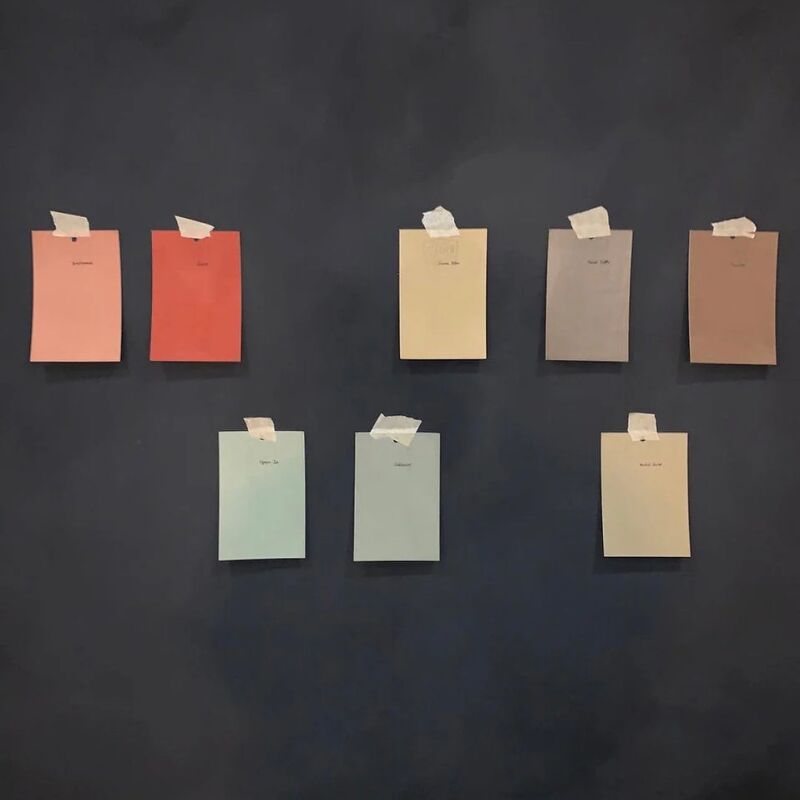
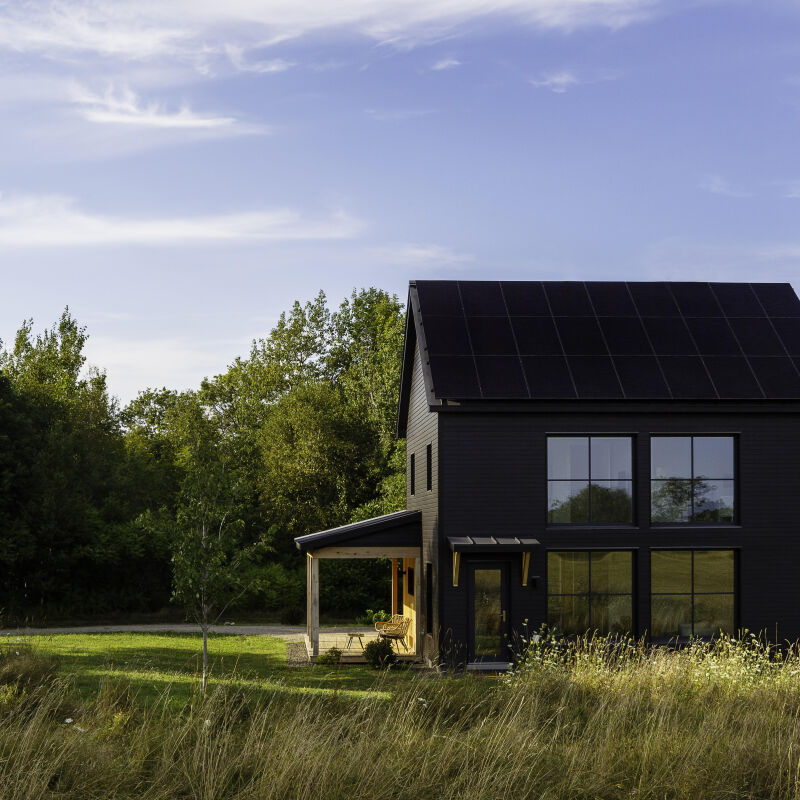

Have a Question or Comment About This Post?
Join the conversation